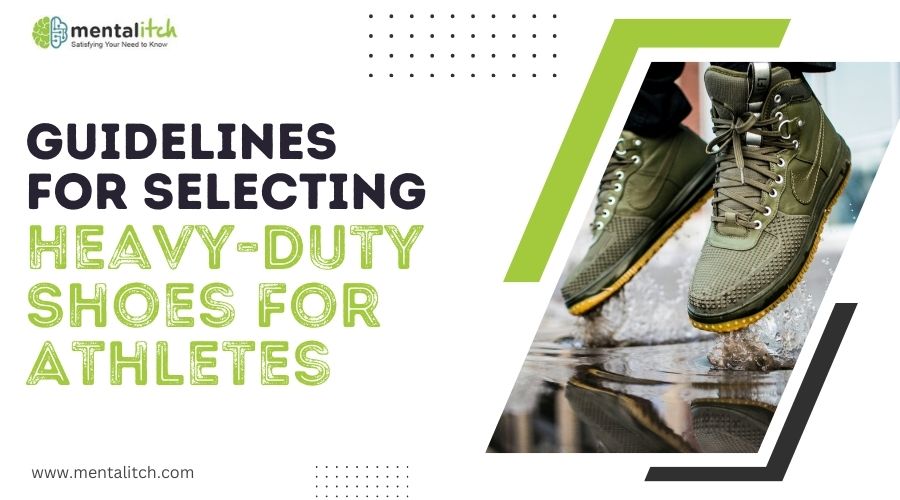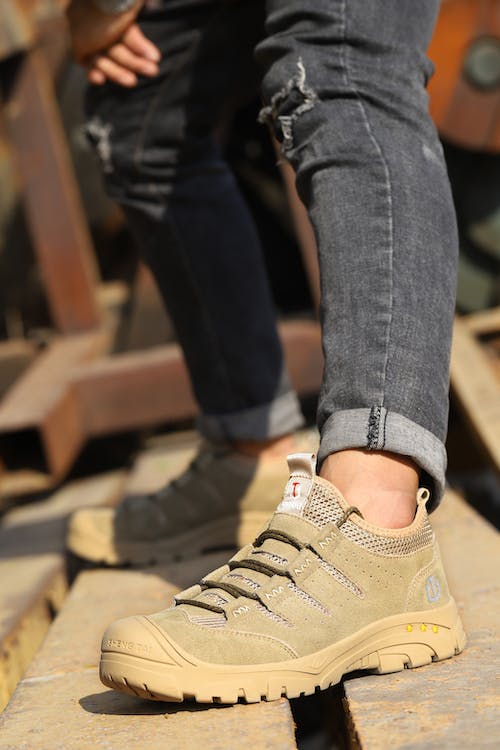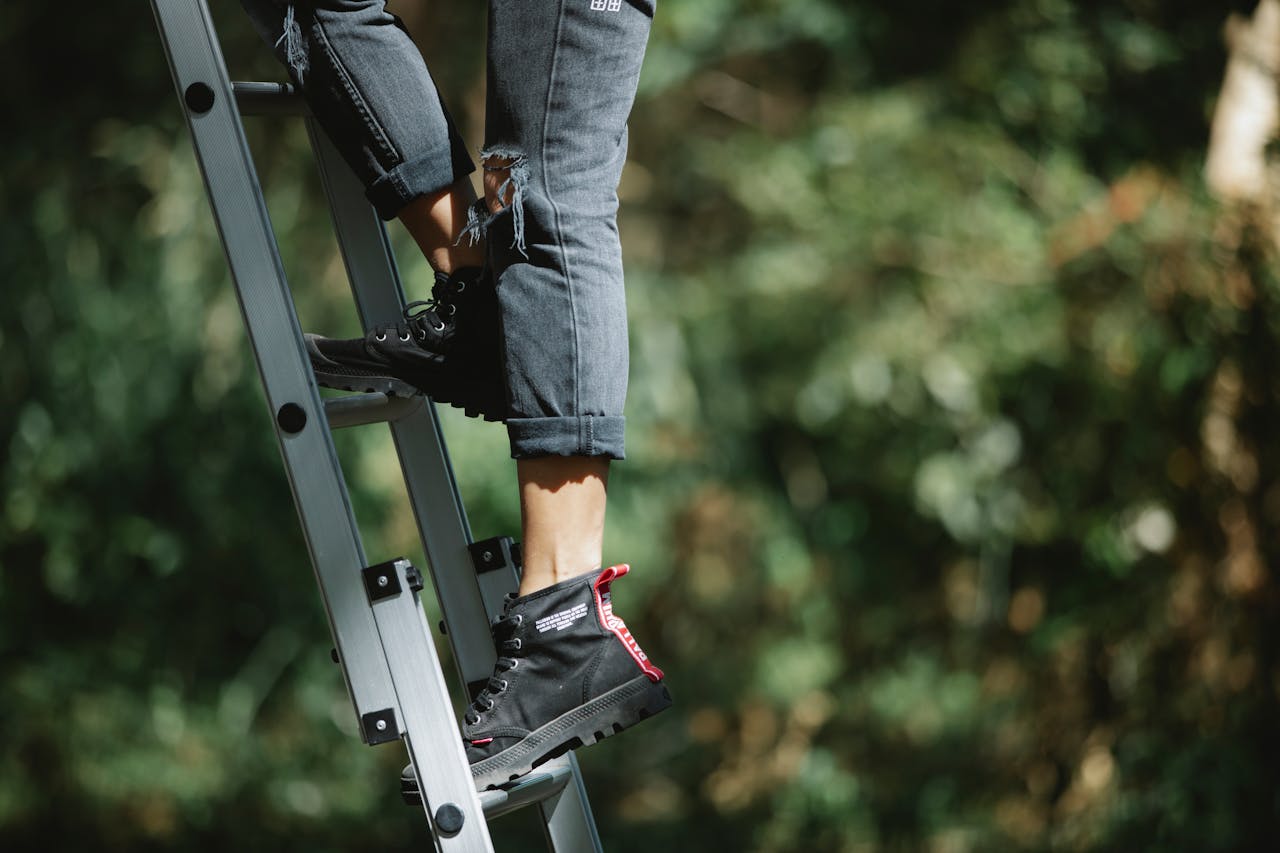You might not be aware, but the design and construction of heavy-duty shoes for athletes significantly impact their performance and risk of injury. When you’re in the market for such footwear, it’s not just about the aesthetics or brand prestige; the focus should be on how well they cater to the specific needs of your feet and your sport.
From understanding the unique anatomy of your foot to recognizing the nuances of shoe design that can make or break your athletic endeavors, there’s a lot to consider.
Let’s explore what sets apart the best heavy-duty athletic shoes from the rest, ensuring you’re equipped to make an informed choice that could elevate your game.
Key Takeaways
- Choose shoes with arch support and balanced foot movement features for injury prevention.
- Opt for materials like leather and reinforced stitching for durability and longevity.
- Prioritize breathability with moisture-wicking and ventilation systems for comfort.
- Regular maintenance and rotation extend the lifespan of athletic footwear.
Understanding Foot Anatomy
To select the right heavy-duty shoes as an athlete, it’s essential to first understand your foot’s complex anatomy, including bones, joints, and your unique arch type. Your feet are the foundation of your athletic performance, and knowing their intricacies is key to choosing footwear that supports and enhances your abilities. The foot’s structure, made up of numerous bones, joints, muscles, tendons, and ligaments, works as a cohesive unit to provide balance, support, and mobility.
Understanding your arch type is crucial because it directly influences the kind of arch support you’ll need in your athletic shoes. Whether you have high arches, flat feet, or something in between, selecting shoes with the correct arch support is vital for maintaining proper foot health and preventing injuries. Pronation and supination, the natural inward and outward movements of the foot, respectively, are also essential factors to consider. Balancing these movements with the right shoe can help avoid overpronation or oversupination, both of which can lead to discomfort and injury.
Assessing Durability and Support
When you’re in the market for heavy-duty shoes, it’s crucial to evaluate the material strength firsthand.
You’ll need to analyze the support features closely, ensuring they meet the demands of your specific activities.
Lastly, understanding the longevity testing methods can guide you in selecting a pair that promises both durability and support for the long haul.
Evaluating Material Strength
Assessing the durability and support of heavy-duty athletic shoes requires careful evaluation of the materials used, such as leather or synthetic blends, for their ability to endure intense activities. The key to finding a shoe that’ll last through the rigors of your sport lies in understanding the material strength. You need durable materials that can take a beating without falling apart.
When evaluating material strength, consider these points:
- Durable Materials: Opt for leather or high-quality synthetic blends known for their resilience.
- Reinforced Stitching: Ensure areas prone to wear, like the toe box and heel counter, have extra stitching.
- Quality of Overlays: Check for supportive overlays on high-stress zones to protect and add structure to the shoe.
Support Feature Analysis
Beyond the material strength, you’ll want to delve into the support features of heavy-duty athletic shoes to ensure they meet the demands of your active lifestyle. Look for models with TPU shanks or arch support, which are essential for withstanding the rigors of intense activities.
Cushioned midsoles and padded collars offer extra comfort and protection, making your workouts more bearable. Additionally, the importance of outsoles with aggressive treads can’t be overstated; they provide the traction and stability needed on various surfaces.
Don’t forget about the secure lacing systems and adjustable straps. These features offer a customizable fit and enhance support during your most rigorous training sessions, ensuring you’re well-equipped to tackle any challenge.
Longevity Testing Methods
After exploring the essential support features of heavy-duty athletic shoes, let’s move on to how longevity testing methods play a crucial role in assessing their durability and support over time. These tests push the shoes to their limits, imitating the harsh conditions they’ll face.
Key aspects of longevity testing include:
- Durability Testing: This evaluates how well the shoes hold up against constant wear, focusing on sole abrasion and the integrity of the materials.
- Support Testing: It’s crucial to see if the shoes can maintain their structural integrity and continue to offer foot support after prolonged use.
- Real-world Simulation: By subjecting shoes to repeated stress and impact, manufacturers can ensure the heavy-duty athletic shoes stand up to the intense activities they’re designed for.
Choosing Shoes by Sport Type
Selecting the right shoes for your sport is crucial for performance and injury prevention. For basketball players, the focus should be on shoes that offer strong ankle support and lateral stability, catering to the rapid movements and jumps typical of the game.
If soccer is your sport, look for cleats with studs. These provide the necessary traction on grass, giving you the agility and speed you need.
Tennis players should opt for shoes with durable outsoles, designed for the lateral movements and quick stops common on hard court surfaces.
In contrast, football athletes need cleats that not only have reinforced toe caps for those powerful kicks but also offer enhanced ankle support for protection during the game’s intense moments.
Lastly, if track and field is where your passion lies, consider track spikes. These shoes are lightweight, promoting speed, and come with the traction needed for both sprinters and long-distance runners.
Considering Personal Biomechanics
While choosing shoes based on the sport is essential, it’s equally important to consider your unique body mechanics. Understanding how your body moves during physical activity, especially the biomechanics involved, plays a critical role in selecting the right heavy-duty shoes. This approach not only boosts your performance but also prevents injuries.
Biomechanics analysis can reveal:
- Your foot strike patterns.
- Pronation or supination tendencies.
- The need for custom orthotics.
These factors are crucial because they determine how your foot interacts with the ground during physical activities. For instance, if you have a tendency to overpronate (your foot rolls inward excessively), choosing a shoe with ample arch support and stability features is vital. Similarly, understanding your foot strike pattern helps in selecting shoes that offer the right type of cushioning and support in specific areas.
Working with a podiatrist or sports medicine specialist can provide valuable insights into your biomechanical profile. They might recommend custom orthotics, which can be integrated into your heavy-duty shoes to address specific issues, further enhancing your comfort and performance. Remember, the goal is to find shoes that suit your biomechanical needs, ensuring you can perform at your best while minimizing the risk of injury.
Evaluating Material and Design
When selecting heavy-duty shoes, you should prioritize the durability of materials, ensuring they’re built to last through rigorous activities.
Breathability and comfort are also crucial, as they keep your feet cool and supported during intense workouts.
Lastly, don’t overlook the functional design features that offer additional protection and stability tailored to your athletic needs.
Durability of Materials
Evaluating the durability of materials and design is crucial for athletes seeking heavy-duty shoes that can endure the rigors of their sport. When you’re selecting your next pair, focus on the durability, materials, and construction to ensure they’re up to the task.
Consider these three key factors:
- Choose materials known for durability, such as leather, synthetic overlays, and reinforced stitching, which promise long-lasting performance.
- Opt for designs with protective features like rubber toe caps and abrasion-resistant panels to boost durability.
- Assess the construction quality, looking for shoes with water resistance, flexibility, and resistance to wear and tear to handle heavy-duty activities effectively.
Breathability and Comfort
After considering the durability of your athletic footwear, it’s equally important to focus on the breathability and comfort these shoes offer. Heavy-duty shoes should not only withstand intense activities but also ensure your feet stay dry and comfortable. Opting for materials like mesh or perforations promotes airflow, reducing heat buildup and preventing excessive sweating.
| Feature | Benefit |
|---|---|
| Moisture-wicking | Keeps feet dry |
| Ventilation systems | Enhances breathability |
| Seamless construction | Reduces friction, increases comfort |
Look for designs that include moisture-wicking properties and ventilation systems to enhance breathability. Additionally, shoes with minimal seams or seamless construction will prevent irritation, ensuring a snug fit. Evaluating the padding and cushioning is crucial for comfort, but it’s vital they don’t compromise the shoe’s breathability.
Functional Design Features
In choosing heavy-duty athletic shoes, consider both the material and design for peak performance and durability. Durable materials like leather and synthetic overlays, alongside reinforced stitching, ensure your shoes last through rigorous activities. But, it’s not just about longevity. Functional design features directly impact your comfort and safety. Here are three key aspects to look for:
- Arch support to maintain proper foot alignment and reduce fatigue.
- Shock absorption through cushioned midsoles with EVA foam or gel inserts, essential for minimizing strain on your feet during heavy-duty activities.
- Ankle support provided by padded collars and secure lacing systems to enhance stability and prevent injuries during high-impact movements.
Selecting shoes with these features ensures you’re equipped for peak performance while safeguarding against potential injuries.
Maintaining Athletic Footwear
To maintain your athletic shoes’ longevity and performance, it’s essential to regularly clean them, preventing odor and bacteria buildup. Proper foot care is critical, and part of that includes knowing when to replace athletic shoes. Selecting shoes that can withstand your routine while providing adequate support is the first step, but maintaining them is just as crucial.
Rotating between multiple pairs of shoes ensures that each pair has time to air out, reducing wear and tear. This practice keeps the cushioning and support in optimal condition, crucial for your foot health and performance.
Storing your shoes in a cool, dry place is vital to prevent mold and mildew, which can degrade the materials of your shoes. Regular checks for signs of wear and tear help you recognize when it’s time for a new pair, ensuring you’re always performing at your best.
Here’s a quick guide to maintain your athletic footwear:
| Action | Reason | Frequency |
|---|---|---|
| Clean Shoes | Prevent odor and bacteria | After each use |
| Rotate Shoes | Avoid excessive wear | Daily (if possible) |
| Inspect for Wear | Determine need for replacement | Monthly |
Conclusion
In conclusion, choosing the right heavy-duty shoes can make a significant difference in your athletic performance and injury prevention. Remember to consider your foot anatomy, the shoe’s durability and support, and the specific demands of your sport.
Don’t overlook your personal biomechanics and the materials and design of the shoes. Finally, maintaining your athletic footwear ensures they continue to provide the support and performance you need.
By following these guidelines, you’ll find a pair that suits you best and keeps you at the top of your game.




